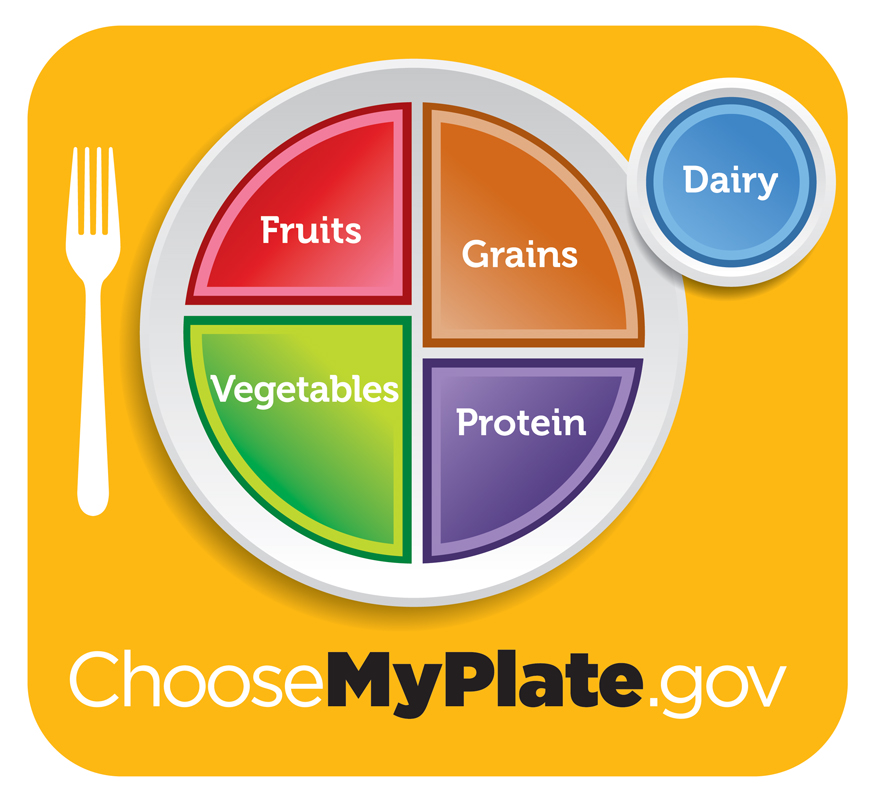The Skinny on Childhood Obesity
Eat your vegetables. Parents have probably been saying that to their children since the days of our hunter-gatherer ancestors.
However, good nutrition is more important now than it ever was. Families have so many food choices –– and so many bad choices. Nutritious foods can get crowded out by burgers, fries, syrup-soaked instant waffle sticks, high-salt mac-and-cheese and sugar-laden snacks. Growing bodies need a well-balanced mix of protein, fruits, grains, dairy and, yes, vegetables to thrive. They don’t need added sugar, saturated fats and trans fats.
The percentage of children affected by obesity has tripled since the 1970s, according to the Centers for Disease Control and Prevention. In 2015-16, nearly 1 in 5 Americans age 6 to 19 had obesity.
Obesity in children is now the #1 health concern for American parents. It is also the most common chronic disease of childhood.
Health and emotional problems follow closely behind obesity. According to the CDC, children with obesity are more susceptible to asthma, sleep apnea, bone problems, joint problems, type 2 diabetes and heart disease. Emotionally, kids with obesity must contend with bullying, teasing, isolation, depression and low self-esteem.
Of course, not all children are born with the DNA of a marathon runner, but it’s important to make sure they develop food and exercise habits that keep them as healthy as they can possibly be.
OVERWEIGHT OR OBESE?
How do you know if your child is affected by obesity? Although Body Mass Index is not a perfect measure, it’s an easy-to-estimate gauge of overall weight status.
There a number of online BMI calculators. If you want to do the math yourself, this is the formula: Weight (lb) ÷ height (in) ÷ height again x 703 = BMI. For instance, if you weigh 150 pounds and stand 5 feet, 8 inches tall, then your BMI would be 150 ÷ 68 ÷ 68 x 703 = 22.8 BMI. After that, physicians use CDC pediatric growth charts to compare the BMI of children at various ages.
YOUR DOCTOR CAN HELP
Your child’s doctor is your best advocate in the journey to get your child to be as healthy as they can possibly be. They can help screen your child for possible chronic conditions like high blood pressure or diabetes that accompanies obesity. In turn, they can also help you develop a plan to manage and treat those conditions.
Quick tips for parents if children are overweight or obese:
- Cook with your kids
- Eat breakfast
- Don’t let them graze
- Avoid using food as a reward
- Count the colors
- Use the USDA Nutrition Guide (at least 5 servings of fruits and vegetables daily)
- Limit screen time to 2 hours or less per day
- At least 1 hour of physical activity every day
- Make physical activity fun (dancing, swimming, jumping rope, playing tag)
 words Dr. Monaleze Saini
words Dr. Monaleze Saini
Family Medicine Specialist at Regional Health
MyPlate is a good guide for good eating
The U.S. Department of Agriculture uses the MyPlate guide to help families choose a healthier lifestyle. It’s a reminder to find your healthy eating style and build it throughout your lifetime. MyPlate offers ideas and tips to help you create a healthier eating style that meets your individual needs and improves your health. choosemyplate.gov
Fruits:
Focus on whole fruits. Whole fruits include fresh, frozen, dried, and canned options. Choose whole fruits more often than 100 percent fruit juice.
Vegetables:
Vary your veggies. Vegetables are divided into five subgroups and include dark-green vegetables, red and orange vegetables, legumes (beans and peas), starchy vegetables, and other vegetables. Choose vegetables from all subgroups.
Grains:
Make half your grains whole grains. Grains include whole grains and refined, enriched grains. Choose whole grains more often.
Protein Foods:
Vary your protein routine. Protein foods include both animal (seafood, meat, poultry, and eggs) and plant sources (nuts, beans and peas, seeds, and soy products). Choose a variety of lean protein foods from both plant and animal sources.
Dairy:
Dairy includes milk, yogurt, cheese, and calcium-fortified soy beverages (soymilk). If your child is overweight or obese, it may be beneficial to try low-fat or skim milk.


